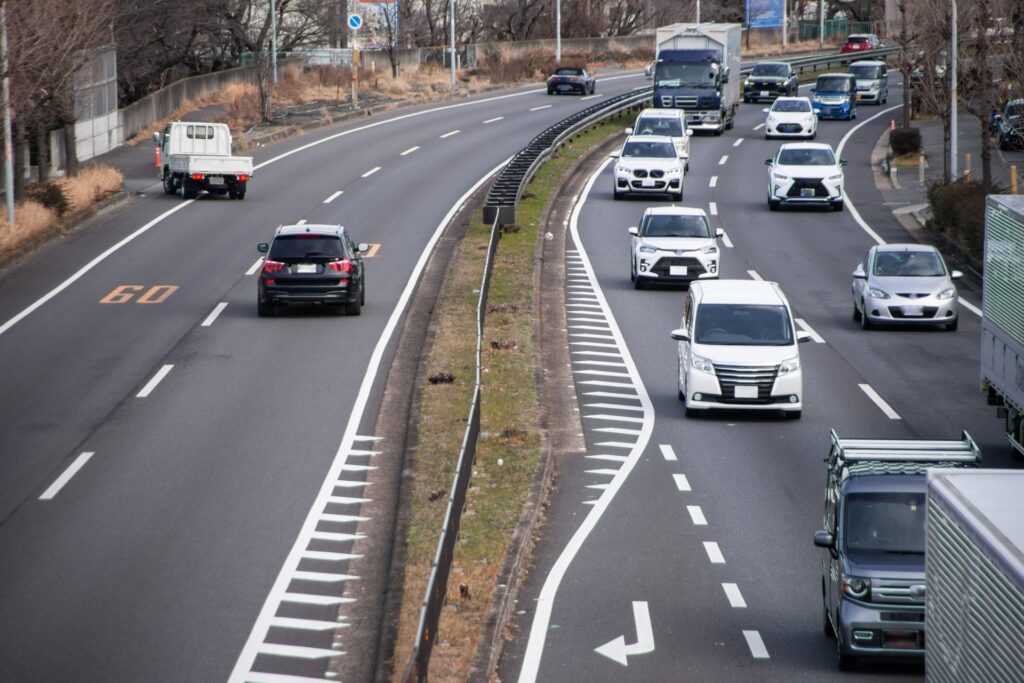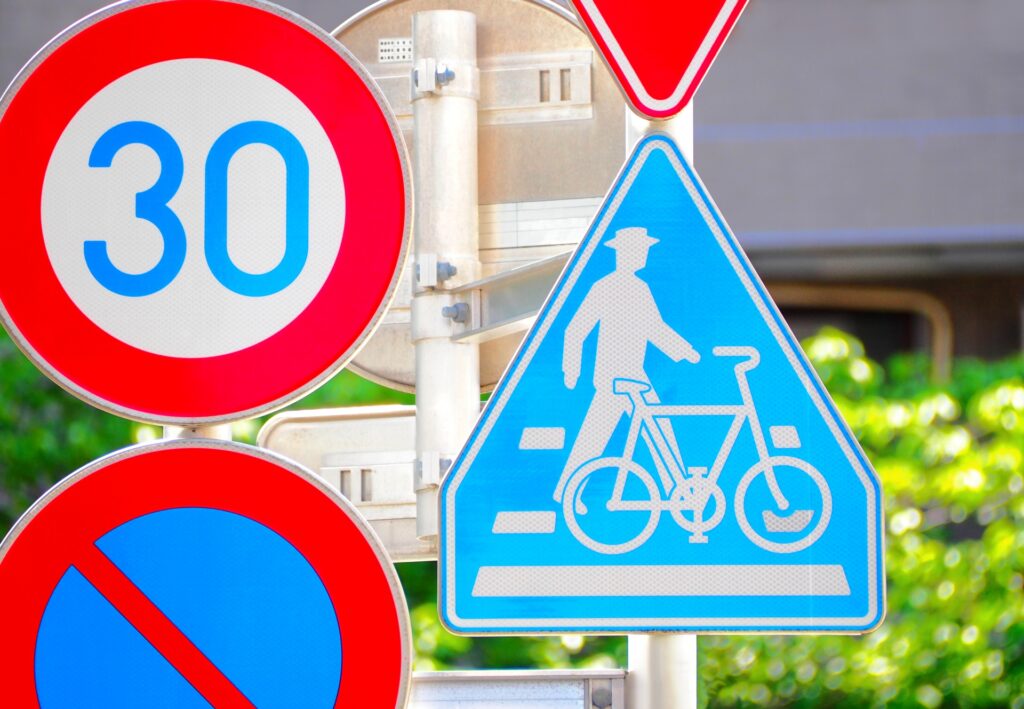Driving in Japan
Exploring Japan by car gives you the freedom to discover mountains, hot springs, and rural villages at your own pace. However, driving here can be very different from your home country—especially in winter. This guide provides essential information to help all international travellers prepare for a safe and enjoyable journey.

Licences and Documents
Check Requirements: Regulations differ depending on your nationality. Always confirm the exact requirements before travelling.
International Driving Permit (IDP): Most visitors need to carry a valid driver’s licence from their home country plus an IDP. Please arrange this before travelling, as it cannot be issued in Japan.
Passport: You may be required to show your passport together with your licence during roadside checks.

Driving Rules and Habits
Mobile Phones: Using a phone while driving is illegal.
Left-Hand Traffic: Japan drives on the left-hand side of the road. This is familiar for visitors from countries like Australia, New Zealand, and the UK, but may feel unusual for drivers from North America or continental Europe.
Speed Limits: Towns and cities 40 km/h, rural roads 50–60 km/h, expressways 80–100 km/h. Speed cameras are common, and fines can be high.
Seatbelts: Required for all passengers, front and back.
Drink Driving: The legal alcohol limit is 0.00%. Even a small amount of alcohol is strictly prohibited.

Road Signs and Navigation
Pay attention to unique Japanese signs such as stop signs (a red downward triangle with “止まれ / STOP”) and priority road markings.
Most traffic signs follow international symbols, and many include English. In rural areas, however, you may encounter Japanese-only signs.
GPS navigation systems are available in English. Apps like Google Maps also work well, though some mountain roads may be closed during winter.

Tolls and Petrol
Petrol Stations: Common across the country. Many are full-service, with staff refuelling your car, cleaning windscreens, and helping you back onto the road. Unmanned self-service stations are also increasing.
Expressways: Most long-distance journeys involve tolls. These can be paid in cash, by credit card, or with an ETC card.

Winter Driving Challenges
Driving in regions such as Nagano, where Hakuba and Otari are located, requires special care in winter:
Safe Driving Practices: Keep a greater distance between vehicles, brake gently, and avoid sudden acceleration or steering.
Snow and Ice: Roads may be icy even when they appear dry, especially in the early morning or evening.
Studless Tyres (Winter Tyres): Essential for safe driving. Our vehicles are equipped with winter tyres during the snow season.
Tyre Chains: Required in heavy snowfall. Police may set up checkpoints and deny access to cars without proper equipment.
Ski Carriers: Available for safely transporting skis and snowboards.
Reduced Visibility: Snowstorms and fog are common. Always switch on headlights, even during the day.

Practical Tips for International Travellers
- Plan Extra Time: Mountain journeys take longer in winter due to snow and traffic.
- Parking: Do not park on the roadside—this is dangerous and often prohibited, especially in snowy conditions. Use designated car parks.
- Emergency Supplies: Carry water, snacks, gloves, and warm clothing in case of delays or road closures.
- Local Advice: Road closures and weather warnings are common. Check information before departing and follow local guidance.
- Emergency Numbers: Police 110, Ambulance/Fire 119. Operators may have limited English, but assistance will be arranged.
Driving in Japan can be a rewarding way to explore the country, but it requires preparation and caution. By following the rules, using proper winter equipment, and driving carefully, you can safely enjoy the beauty of regions like Hakuba and Otari—whether you are here for skiing, hiking, or cultural discovery.

